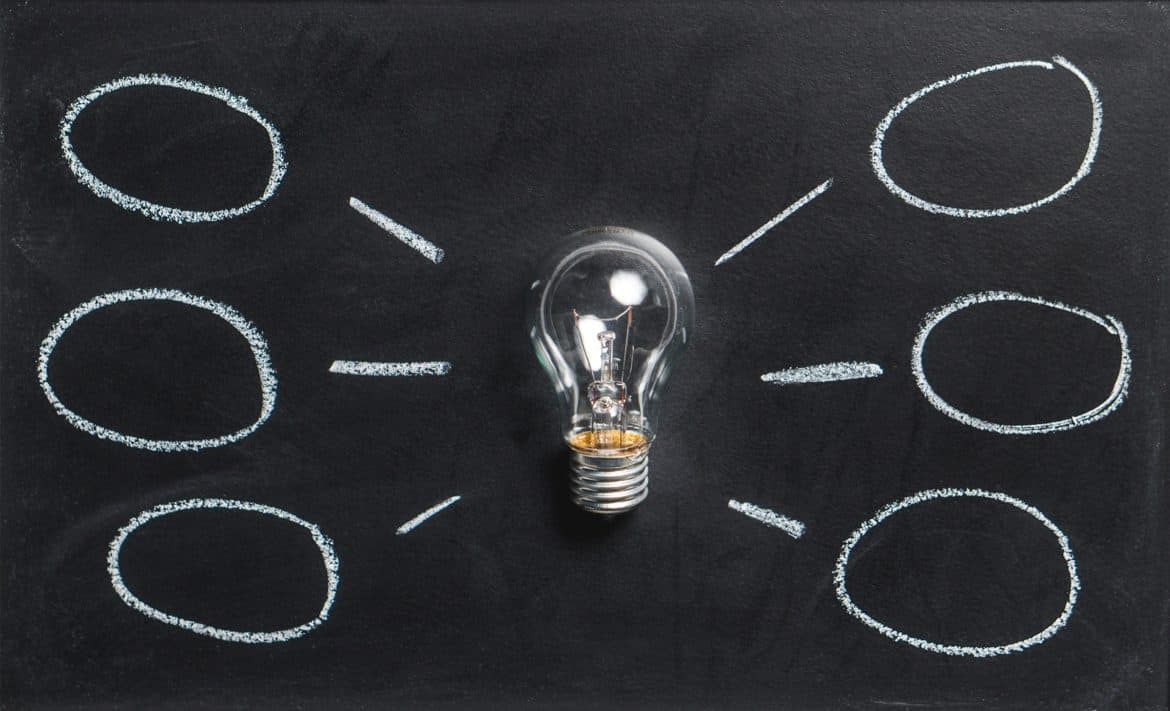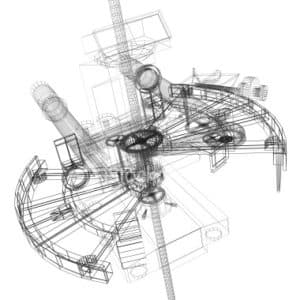
OK… unless your invention is self-propelled or attached to something else that is, it’s unlikely that things are going to get that dramatic…but invention capture can still have a major impact on your business.
What is invention capture?

Invention capture is the process by which an organisation uses a structured approach to identify and collate the innovations generated by their staff.
The majority of patented inventions are for small improvements to existing technologies or processes. With Intellectual Property increasingly being recognised as a vital part of business strategy, identifying and protecting innovations that may give a commercial advantage is essential.
The invention capture process is a collaboration between the inventors, managers and patent practitioners. Larger organisations may have an in-house patent department who will facilitate the process.
For organisations without in-house patent practitioners, regular meetings with their patent attorneys can help them to identify new innovations which could be patentable. The patent attorneys can then also work with the organisation’s management team to decide which of these patentable inventions should proceed to patent applications.
What is the process?
- Educate
The initial stage of the process will be to educate the inventors and their managers about what they should be aware of and be looking for while doing research and development.
- Brainstorm
The patent practitioner will organise and moderate a brainstorm session with the inventors and managers to talk about recent research and development work to identify new improvements and discoveries. You may find that you identify a small development which may have enormous significance to the business.
- Document
The patent practitioner will create draft invention capture documents for each invention based on notes and discussions at the brainstorming session. The invention capture document will contain details of the invention as well as indications of the level of importance the company. Once the content of the invention capture document is agreed, the document is signed and dated.
The contents of the invention capture document can then form the basis of a patent application. A patent application can be prosecuted straight away or the management team may decide to defer an application, or decide that they do not wish to proceed with a patent application.
As always, it is essential to ensure that the invention is not publicly disclosed prior to submitting a patent application as this would prevent the invention being patentable.
- Monitor
In addition to identifying the inventions generated by your own business it is advisable to stay informed about the patenting activities of your competitors and others in the fields of technology relevant to your business. Your patent practitioner can set up alerts with the US Patent Office, WIPO or EUIPO which will flag up new patent applications which may be of interest to you.
If you would like to discuss setting up robust invention capture procedures please contact us for more information.

